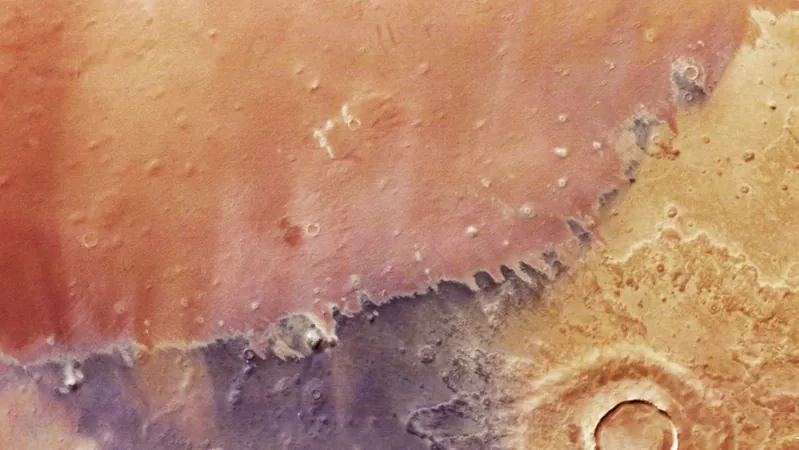
Unveiling the Hidden World of Quasiparticles in Diamonds: A Game-Changer for Quantum Sensing!
2024-09-27
Author: Emily
Introduction
In an exciting breakthrough, researchers from the University of Tsukuba have uncovered a fascinating phenomenon involving quasiparticles known as polarons, emerging from color centers within diamond crystals. This groundbreaking study, recently published in Nature Communications, shines a light on the complex interplay between electrons and lattice vibrations, hinting at vast potential applications in quantum sensing technology.
Nitrogen-Vacancy Centers
The research team focused on diamonds containing nitrogen impurity, which, when paired with vacancies near carbon atoms, creates what are known as nitrogen-vacancy (N-V) centers. These specific defects not only impact the coloration of diamonds but also endow them with unique properties that make them incredibly sensitive to changes in their environment, such as variations in temperature and magnetic fields. Harnessing this sensitivity opens doors to the development of ultra-precise sensors that could revolutionize fields ranging from biology to quantum computing.
The Research Findings
Historically, the behavior of electrons within these N-V centers was puzzling, particularly how they interacted with the accompanying lattice vibrations—a mystery that researchers have been striving to unravel. The team employed innovative techniques involving ultrashort laser pulses to irradiate nanosheets with controlled densities of N-V centers, closely monitoring the reflectance changes in the diamonds.
Results of the Study
The results were astonishing: the interaction amplified lattice vibrations by an impressive factor of about 13. This phenomenon was particularly striking given the relatively low density of the N-V centers compared to other defects present in the diamonds. Advanced first-principles calculations led to insights into the charge states of the N-V centers, revealing an intriguing bias in the distribution of positive and negative charges.
Discovery of Fröhlich Polarons
Notably, the researchers discovered the emergence of Fröhlich polarons—previously believed to be absent in diamond structures. This new revelation drastically alters our understanding of polarons in these materials and holds profound implications for the advancement of quantum sensing technologies.
Future Implications and Applications
As the researchers continue to explore and manipulate these quasiparticles, the potential applications seem limitless. From developing next-generation sensors capable of detecting minute changes in their environment to creating quantum technologies that can outperform anything currently available, this discovery is not only a scientific triumph but also a massive leap toward technological innovation.
Conclusion
The implications of this study could reposition diamond-based sensors at the forefront of both scientific research and practical applications. Keep an eye on future developments in this captivating field, as the emergence of polarons heralds a new era in quantum sensing that could redefine what we thought was possible!









 Brasil (PT)
Brasil (PT)
 Canada (EN)
Canada (EN)
 Chile (ES)
Chile (ES)
 Česko (CS)
Česko (CS)
 대한민국 (KO)
대한민국 (KO)
 España (ES)
España (ES)
 France (FR)
France (FR)
 Hong Kong (EN)
Hong Kong (EN)
 Italia (IT)
Italia (IT)
 日本 (JA)
日本 (JA)
 Magyarország (HU)
Magyarország (HU)
 Norge (NO)
Norge (NO)
 Polska (PL)
Polska (PL)
 Schweiz (DE)
Schweiz (DE)
 Singapore (EN)
Singapore (EN)
 Sverige (SV)
Sverige (SV)
 Suomi (FI)
Suomi (FI)
 Türkiye (TR)
Türkiye (TR)
 الإمارات العربية المتحدة (AR)
الإمارات العربية المتحدة (AR)